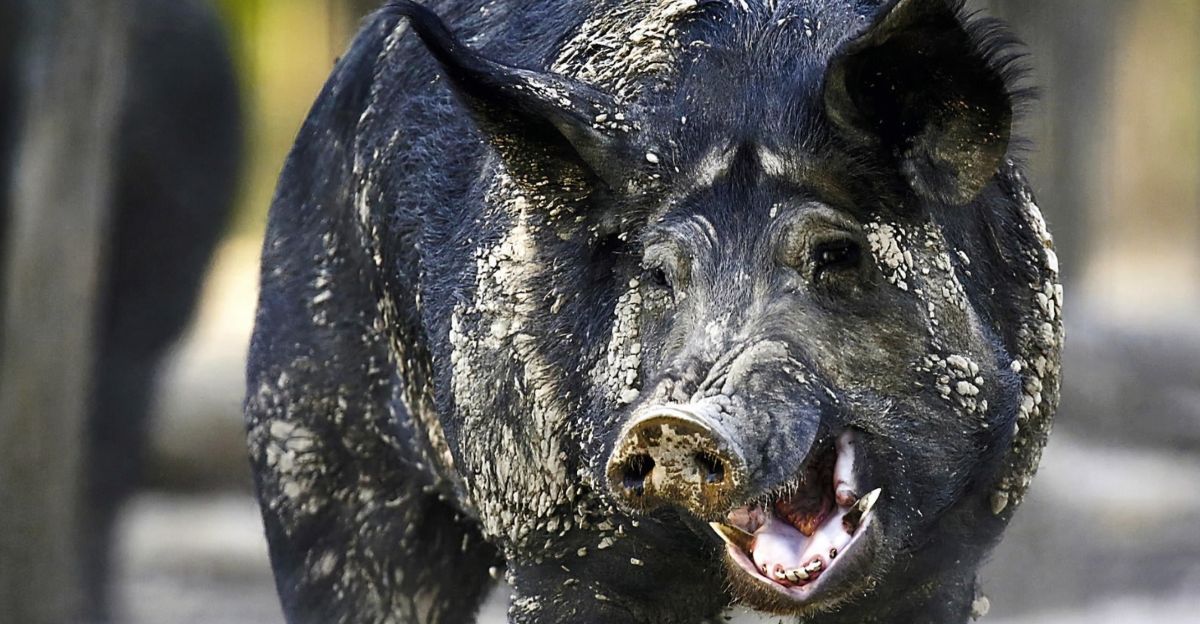
Recent research has identified male feral pigs as significant contributors to disease transmission within pig populations. A study published in eLife analyzed the movements of 146 feral pigs across Queensland and New South Wales, revealing that male pigs have broader ranges and interact with multiple groups, increasing the potential for disease spread.
This behavior contrasts with female pigs, which tend to remain within their herds. Understanding these dynamics is crucial for developing targeted disease control strategies.
Study Overview and Methodology
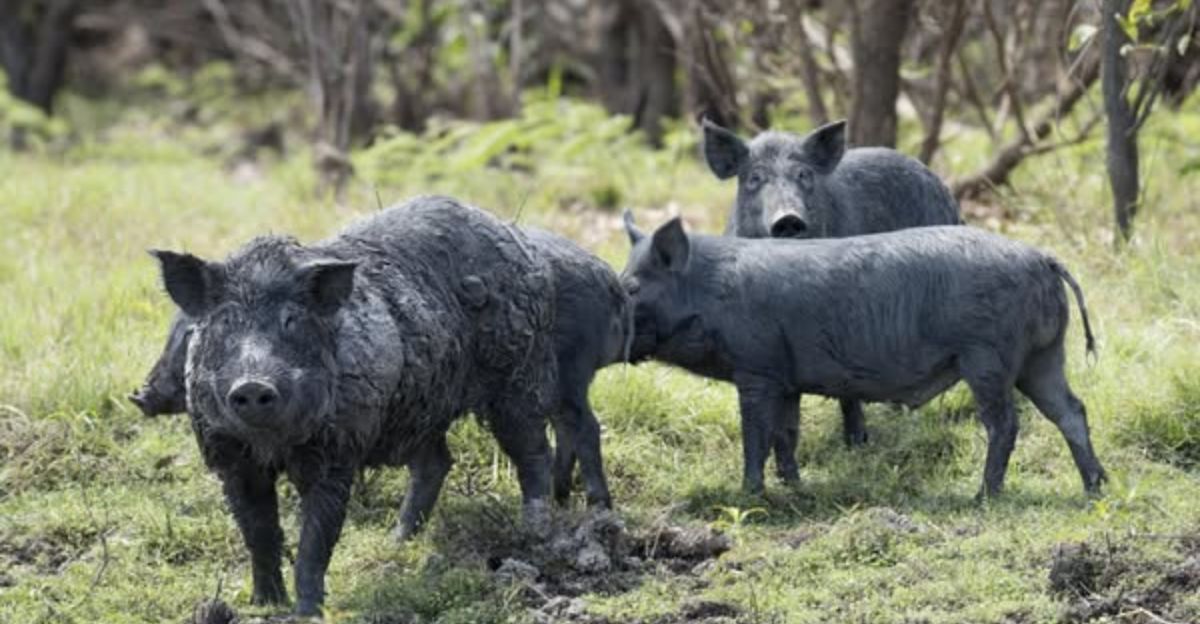
The study, conducted by researchers at the University of Queensland, utilized GPS tracking data collected over a decade to model feral pig interactions and disease transmission networks.
The researchers identified patterns that could inform control measures by analyzing contact rates among pigs. The data indicated that male pigs’ extensive movements and interactions make them key players in spreading diseases such as brucellosis and leptospirosis.
Seasonal Influence on Disease Spread
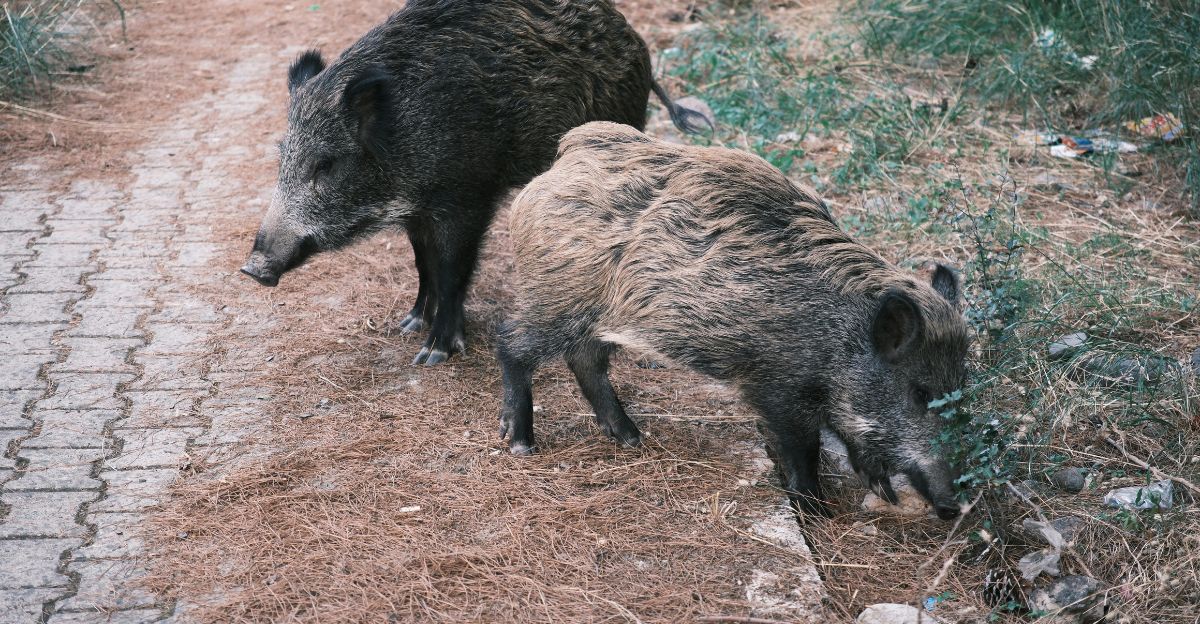
Seasonal conditions, particularly during summer, exacerbate the risk of disease transmission among feral pigs. The study found that pigs have increased contact rates in summer, leading to a higher likelihood of disease spread between December and February.
This seasonal pattern suggests that control efforts should be intensified during these high-risk periods to effectively manage disease outbreaks.
Implications for Disease Control Strategies
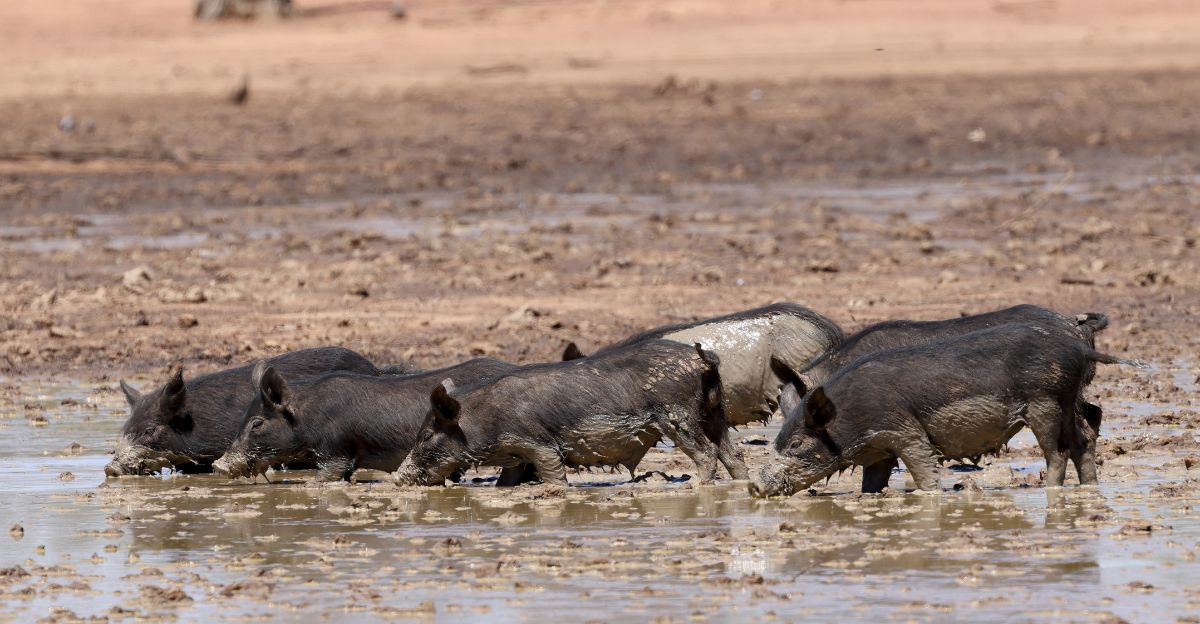
Identifying male feral pigs as super spreaders has significant implications for disease control strategies. Targeting male pigs during culling operations could reduce the rate of disease transmission and aid in containment efforts.
Additionally, understanding feral pigs’ social dynamics and movement patterns can inform the development of more effective management plans to mitigate the spread of infectious diseases.
Impact on Livestock and Human Health

Feral pigs are known carriers of various diseases that can affect livestock and, in some cases, humans. Diseases such as brucellosis and leptospirosis can be transmitted to domestic animals, leading to economic losses in the agricultural sector.
Furthermore, the potential for zoonotic transmission underscores the importance of controlling feral pig populations to protect public health.
Challenges in Managing Feral Pig Populations
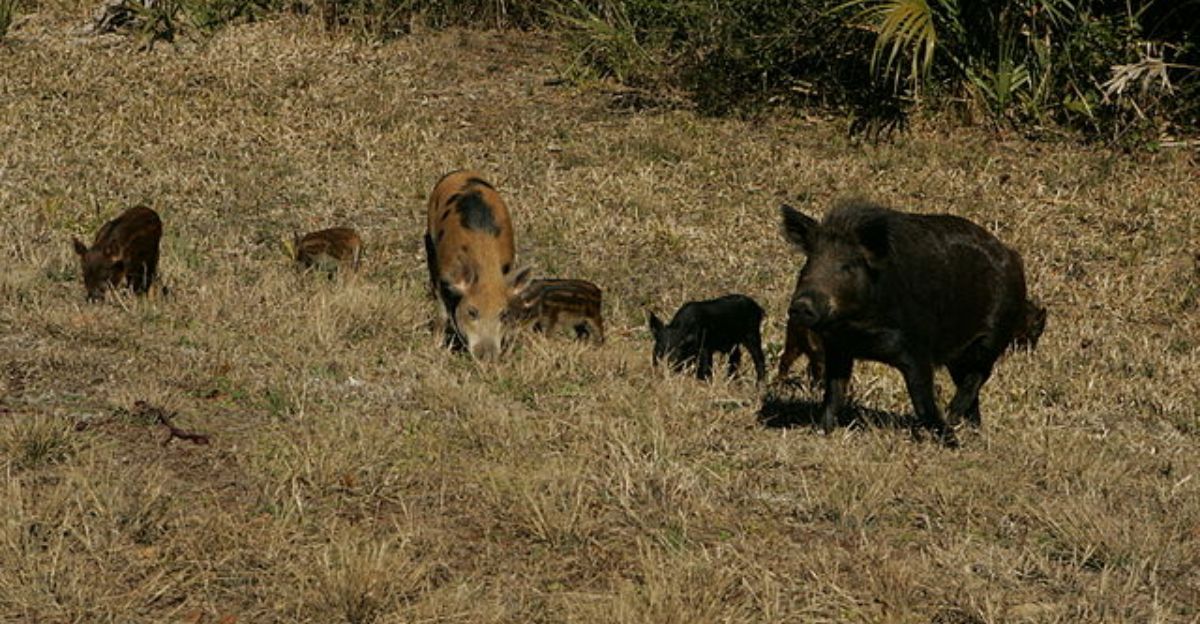
Managing feral pig populations presents numerous challenges due to their high reproductive rates and adaptability. Female pigs can breed from four months old and have multiple litters annually, leading to rapid population growth.
This reproductive capacity, combined with the pigs’ intelligence and ability to evade control measures, complicates efforts to reduce their numbers and limit disease spread.
Role of Environmental Factors
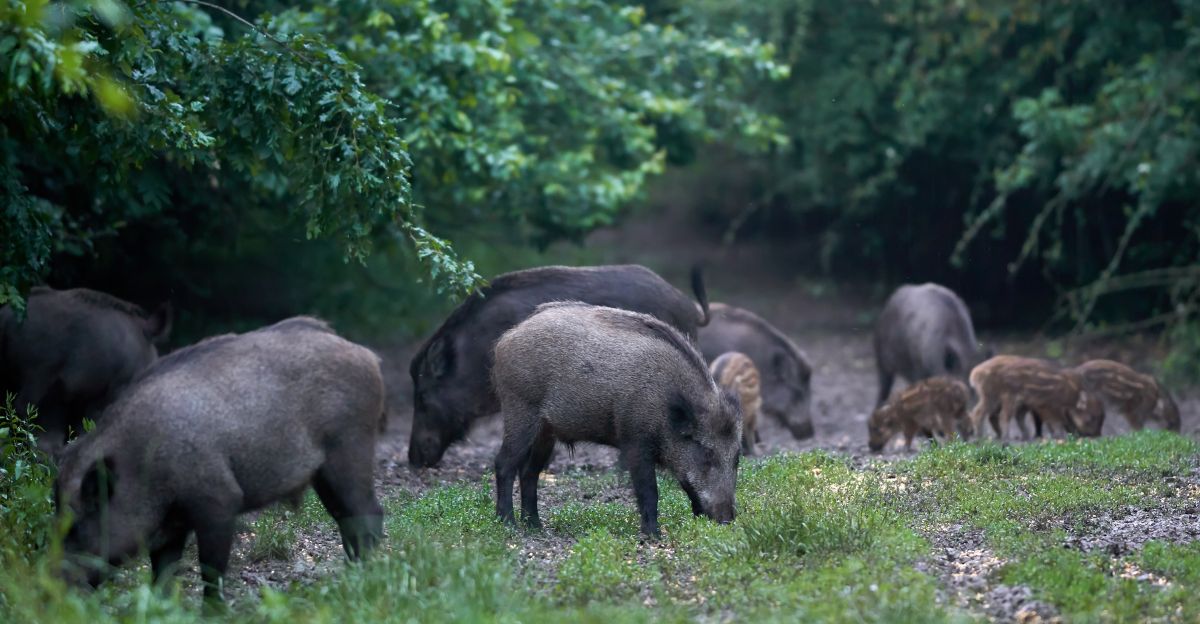
Environmental factors, including habitat availability and climate conditions, influence feral pig behavior and disease transmission dynamics. Land use and climate changes can alter pig movement patterns, potentially increasing interactions with domestic animals and humans.
Monitoring these environmental variables is essential for predicting and managing disease risks associated with feral pig populations.
Importance of Surveillance and Monitoring

Effective surveillance and monitoring are critical components of feral pig management. GPS tracking and remote sensing can provide valuable data on pig movements and population dynamics.
This information enables authorities to implement targeted control measures and assess the effectiveness of intervention strategies in real-time.
Community Engagement and Education
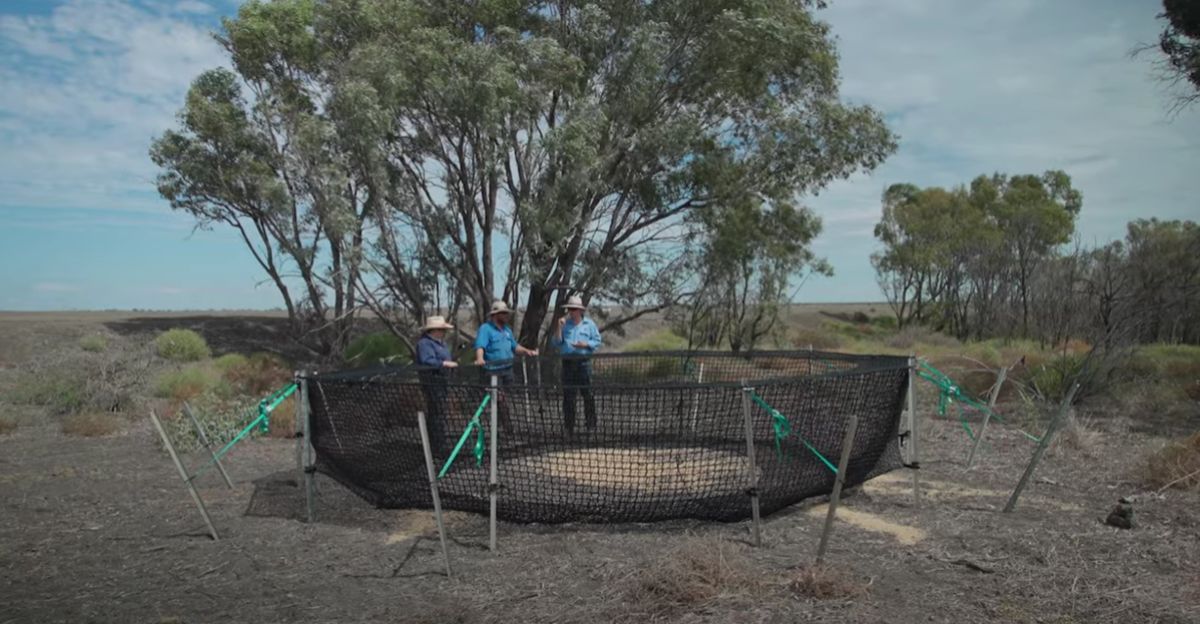
Engaging local communities and stakeholders is vital for the success of feral pig management programs. Educating the public about the risks associated with feral pigs and promoting responsible practices can enhance cooperation and compliance with control measures.
Community involvement also fosters the sharing of local knowledge, which can inform and improve management strategies.
Future Research Directions
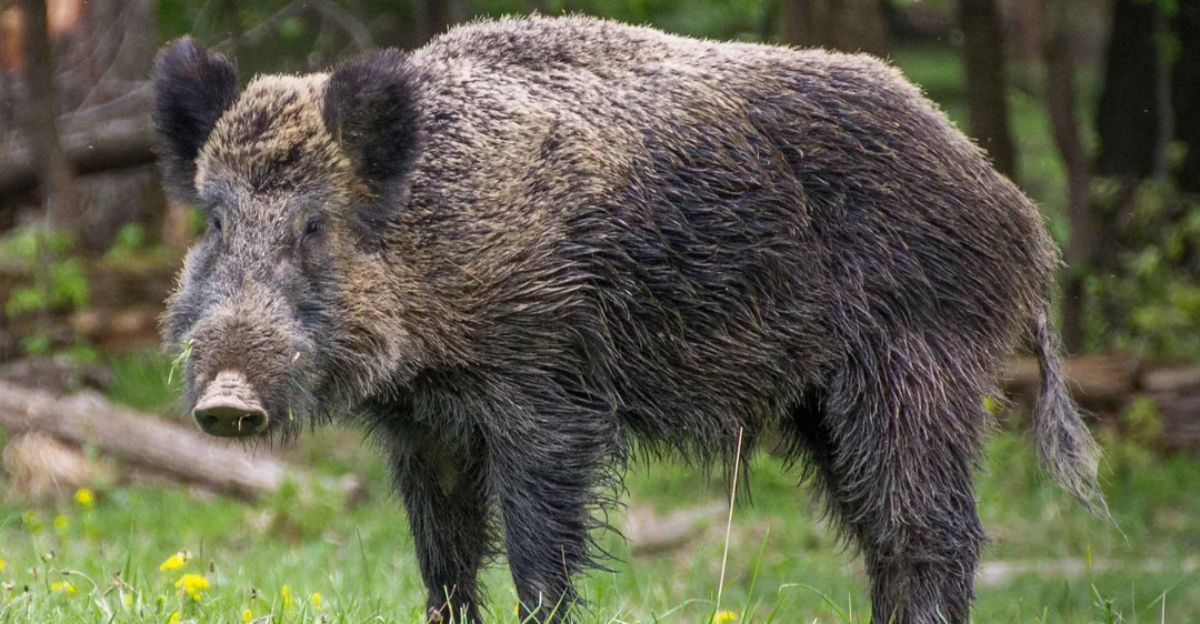
Ongoing research is necessary to deepen our understanding of feral pig behavior and disease ecology. Future studies should focus on refining disease transmission models, exploring the effectiveness of various control methods, and assessing the long-term impacts of management interventions.
Collaborative efforts between researchers, policymakers, and communities will be essential to develop sustainable solutions to the challenges posed by feral pig populations.
Explore more of our trending stories and hit Follow to keep them coming to your feed!
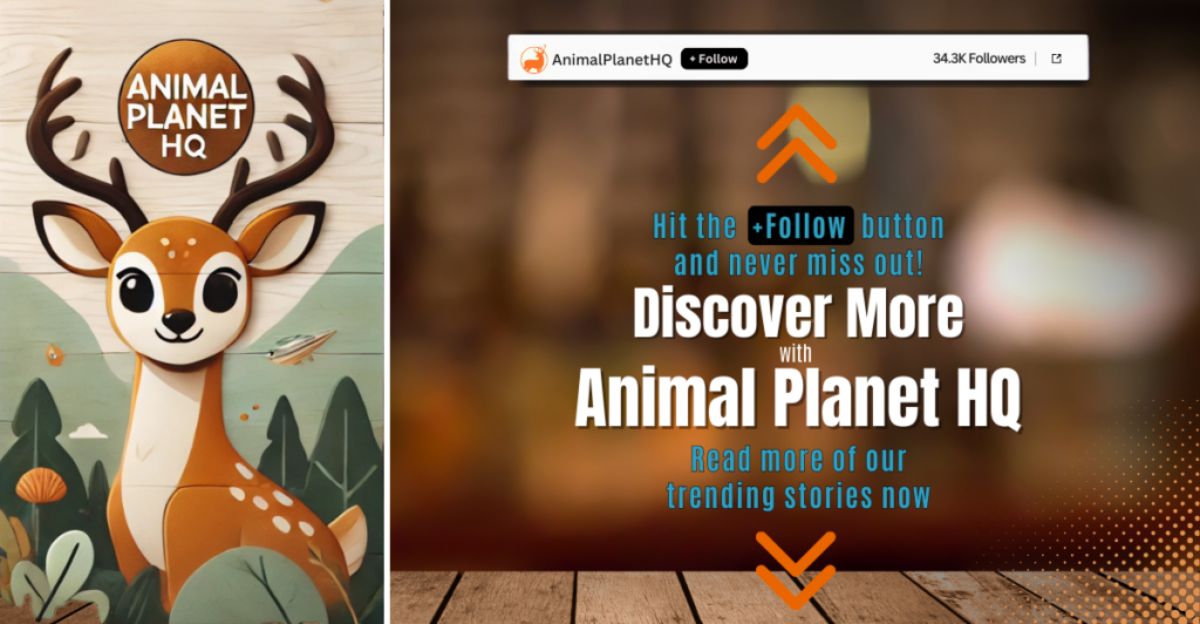
Don’t miss out on more stories like this! Hit the Follow button at the top of this article to stay updated with the latest news. Share your thoughts in the comments—we’d love to hear from you!







